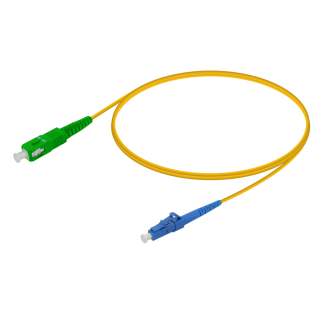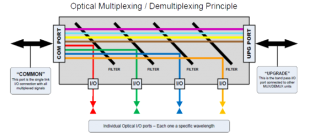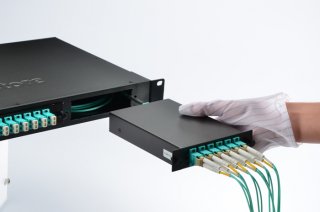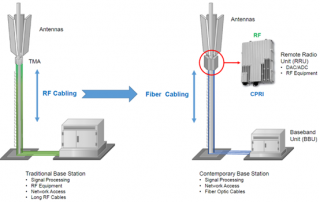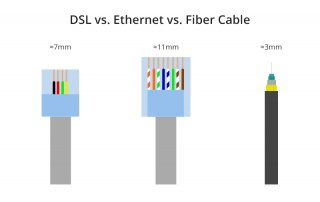- Description
- Reviews
- FAQs
Introduction
Optical transmission uses pulses of light to transmit information from one place to another through an optical fiber. The light is converted to electromagnetic carrier wave, which is modulated to carry information as the light propagates from one end to another. The development of optical fiber has revolutionized the telecommunications industry. Optical fiber has replaced other transmission media such as copper wire since inception, and is mainly used to wire core networks. Today, optical fiber has been used to develop new high speed communication systems that transmit information as light pulses, examples are multiplexers/demultiplexers using the optical multiplexing technology.
What is Multiplexing
Multiplexer (Mux) is hardware component that combines multiple analog or digital input signals into a single line of transmission. And at the receiver’s end, the multiplexer is known as DeMultiplexer (DeMux)—performing reverse function of multiplexers. Multiplexing is therefore the process of combining two or more input signals into a single transmission. At receiver’s end, the combined signals are separated into distinct separate signal. Multiplexing enhances efficiency use of bandwidth. Here is a figure which shows the principle of optical multiplexing/demultiplexing.
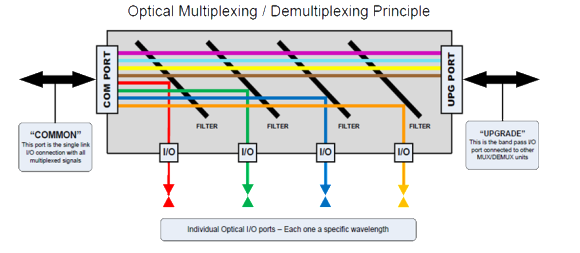
Optical Mux and DeMux are required to multiplex and demultiplex various wavelengths onto a single fiber link. Each specific I/O will be used for a single wavelength. One optical filter system can act as both Mux and DeMux. Optical Mux and DeMux are basically passive optical filter systems, which are arranged to process specific wavelengths in and out of the transport system (usually optical fiber). Process of filtering the wavelengths can be performed using Prisms, Thin Film Filter (TFF), and Dichroic filters or interference filters. The filtering materials are used to selectively reflect a single wavelength of light but pass all others transparently. Each filter is tuned for a specific wavelength.
READ MORE ...Fiber Optic Cables Transmission TechnologyComponents of Optical Multiplexer
Generally, an optical multiplexer consists of Combiner, Tap Couplers (Add/Drop), Filters (Prisms, Thin film, or Dichroic), Splitter, and Optical Fiber. Here is a figure that shows the structure of a common optical multiplexer.
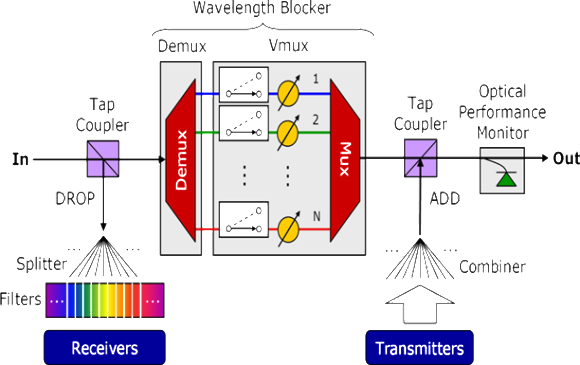
Optical Multiplexing Techniques
There are mainly three different techniques in multiplexing light signals onto a single optical fiber link: Optical Time Division Multiplexing (OTDM), Wavelength Division Multiplexing (WDM), and Code Division Multiplexing (CDM).
- OTDM: Separating wavelengths in time.
- WDM: Each channel is assigned a unique carrier frequency; Channel spacing of about 50GHz; Includes Coarse WDM (CWDM) and Dense WDM (DWDM).
- CWDM: Characterized by wider channel spacing than DWDM.
- DWDM: Uses a much narrower channel spacing, therefore, many more wavelengths are supported.
- CDM: Also used in microwave transmission; Spectrum of each wavelength is assigned a unique spreading code; Channels overlap both in time and frequency domains but the code guide each wavelength.
Applications
- The major scarce resource in telecommunication is bandwidth—users want transmit at more high rate and service providers want to offer more services, hence, the need for a faster and more reliable high speed system.
- Reducing cost of hardware, one multiplexing system can be used to combine and transmit multiple signals from Location A to Location B.
- Each wavelength, λ, can carry multiple signals.
- Mux/DeMux serve optical switching of signals in telecommunication and other field of signal processing and transmission.
- Future next generation internet.
Advantages
- High data rate and throughput: Data rates possible in optical transmission are usually in Gbps on each wavelength; Combination of different wavelengths means more throughput in one single communication systems.
- Low attenuation: Optical communication has low attenuation compare to other transport system.
- Less propagation delay.
- More services offered.
- Increase Return On Investment (ROI)
- Low Bit Error Rate (BER)
Shortcomings
- Fiber Output Loss and Dispersion: Signal is attenuated by fiber loss and distorted by fiber dispersion, then regenerator are needed to recover the clean purposes.
- Inability of current Customer Premises Equipment (CPE) to receive at the same transmission rate of optical transmitting systems (achieving all-optical networks).
- Optical-to-Electrical Conversion Overhead: Optical signals are converted into electrical signal using photo-detectors, switched and converted back to optical. Optical/electrical/optical conversions introduce unnecessary time delays and power loss. End-to-end optical transmission will be better.
Future Work
- Research in optical end user equipment: Mobile phones, PC, and other handheld devices receiving and transmitting at optical rate.
- Fast regeneration of attenuated signal.
- Less distortion resulting from fiber dispersion.
- End-to-end optical components: Eliminating the need for Optical-to-Electrical converter and vise versa.
Conclusion
While optical transmission is better compare to other transmission media because of its low attenuation and long distance transmission profile, optical multiplexing is useful in signal processing and transmission by transporting multiple signals using one single fiber link. As the growth of the internet requires fiber optic transmission to achieve greater throughput, optical multiplexing is also useful in image processing and scanning application.
- Customers Reviews
* Delivery Time.
We need 1-2 days to process your order before shipping. There are two shipping methoed.
Fast Delivery: The delivery time for US, European countries the delivery will take 3-5 days.
Slow Delivery: The delivery time for US, European countries the delivery will take 7-15 days.
* Tracking information.
After we ship package, customer receive automatic email with tracking details.
* Lost Package Policy.
If a package did not arrive in 2 weeks after the shipping date, then this package is treated as Lost. In this case a new package will be shipped to the customer provided we are able to give the same items as those purchased by the customer. If we are not able to provide the same items to substitute the lost ones we will either propose to the customer similar items or refund their cost as it will be mutually agree with the customer. If one or more items neither the same nor similar are available to be shipped, the customer can request to cancel the order entirely, thus the total cost of the order including shipping and handling cost will be fully refunded.












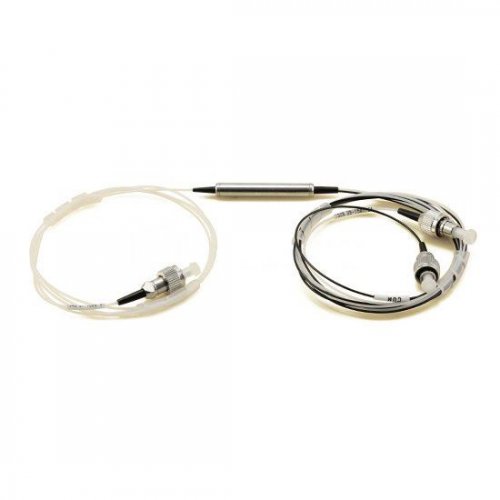
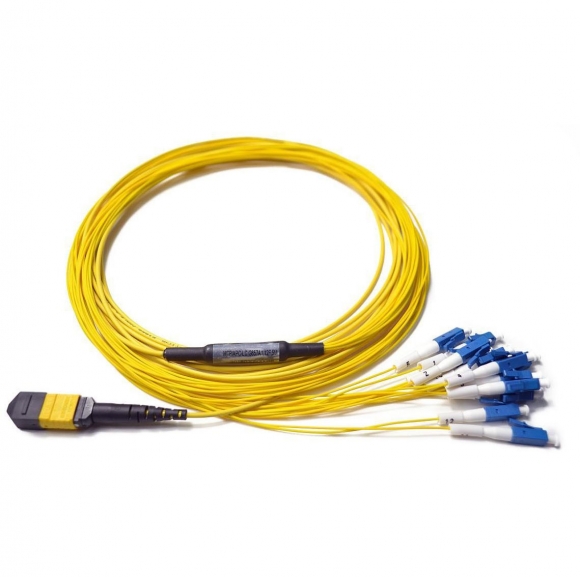
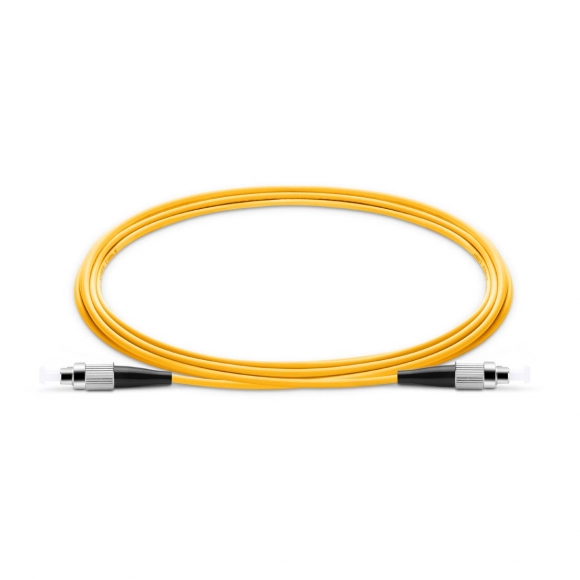


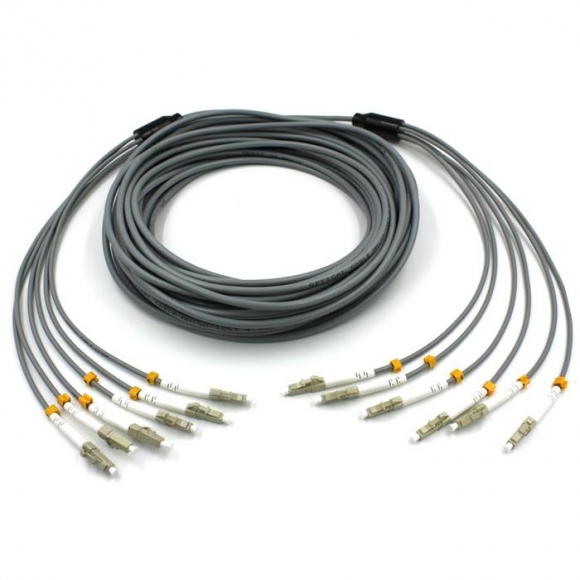
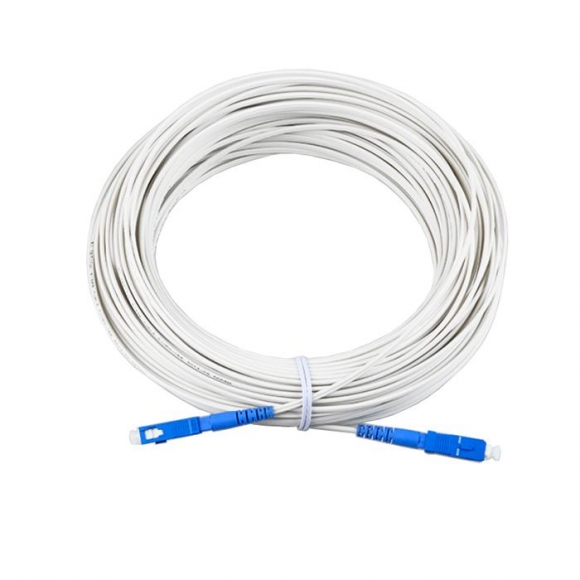
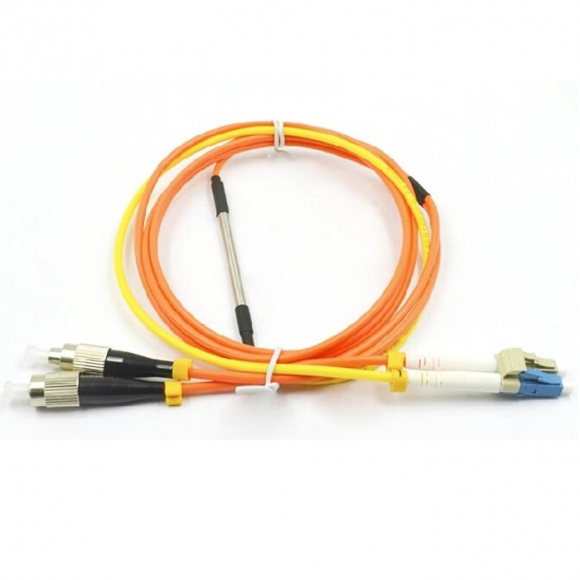


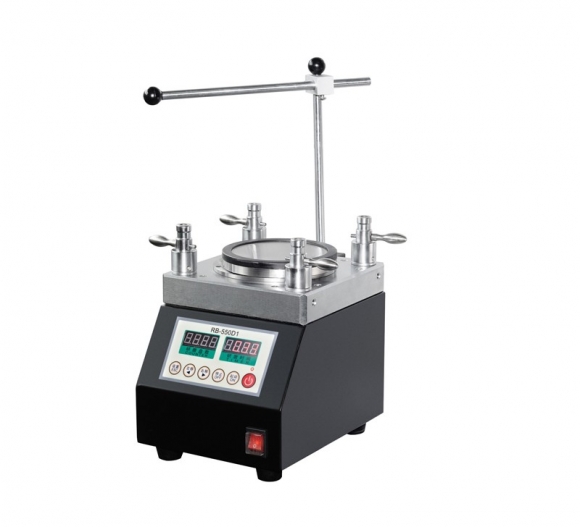


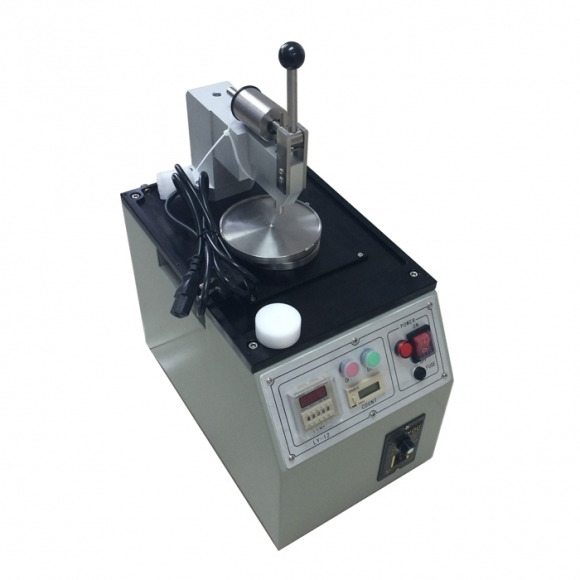

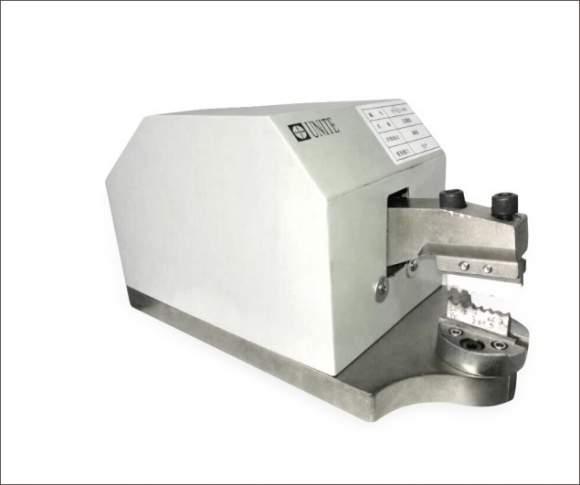
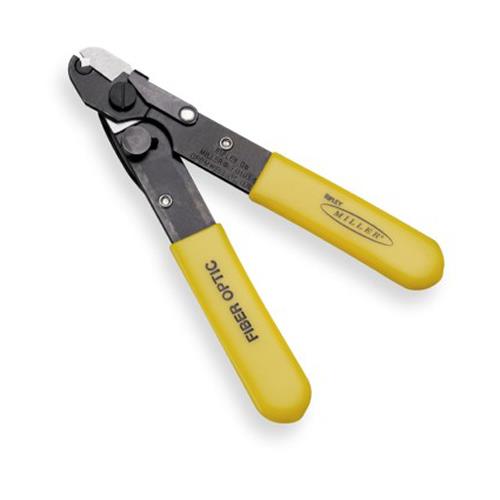
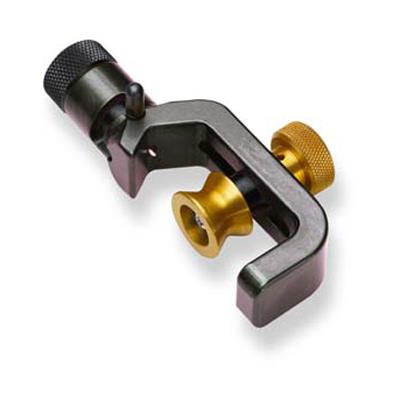
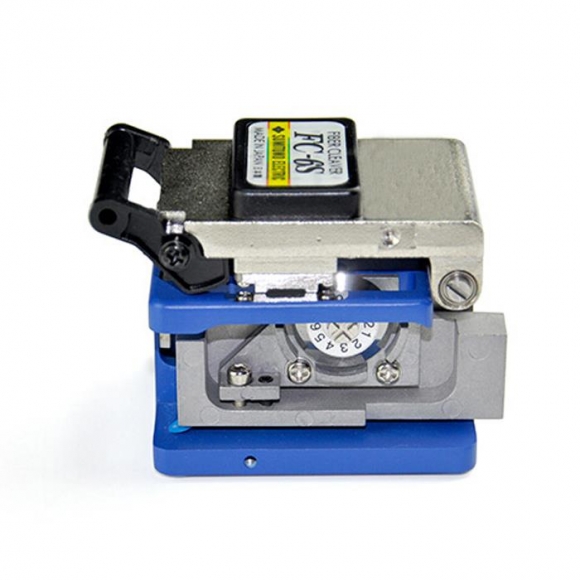
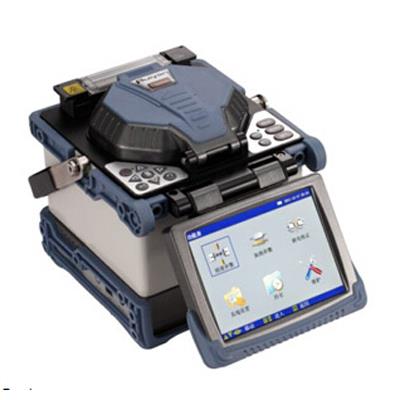

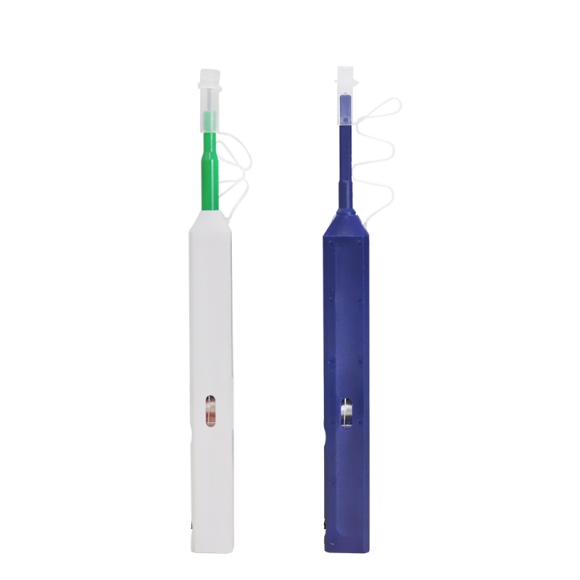




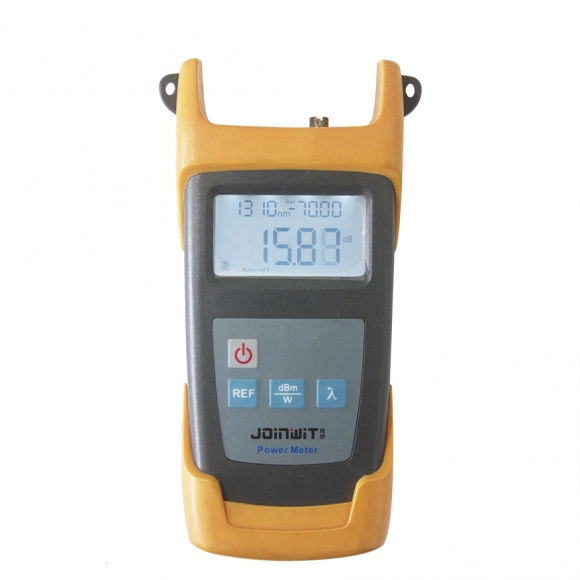
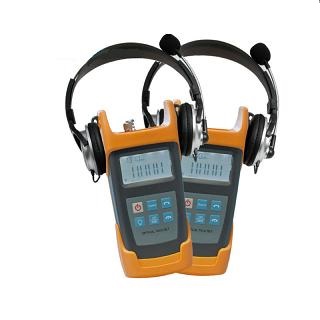
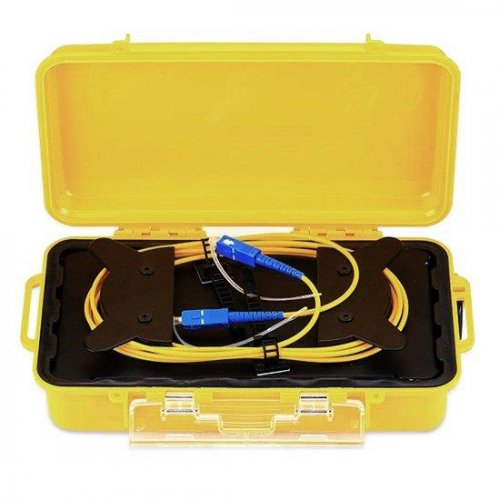
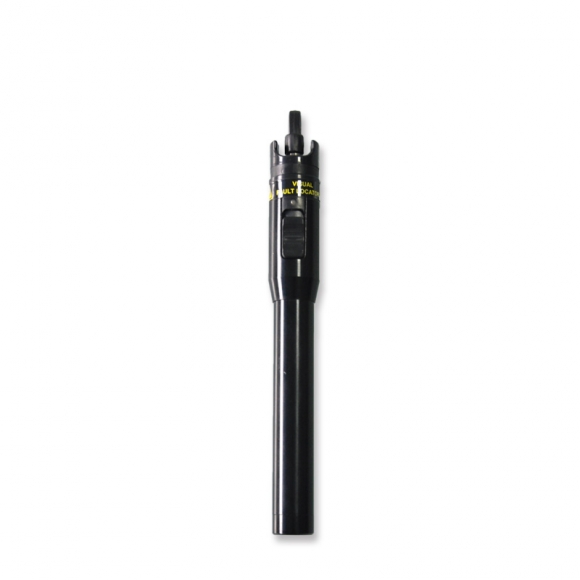


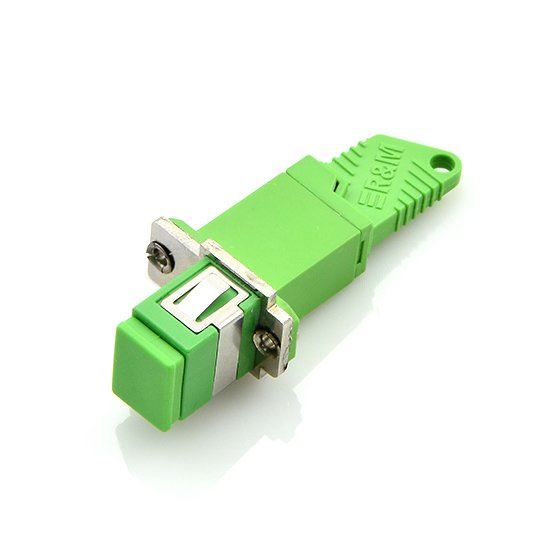
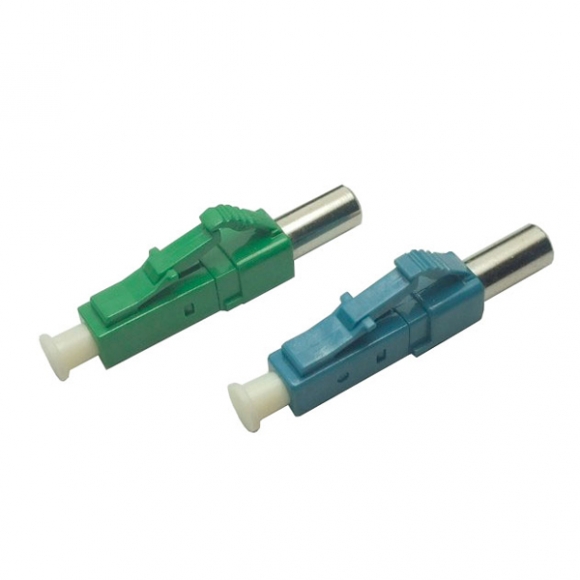
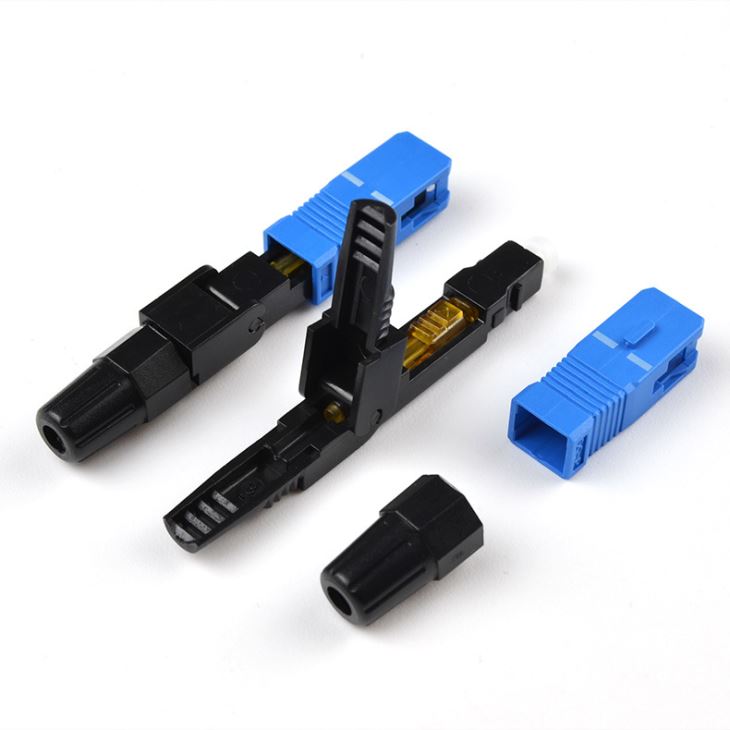
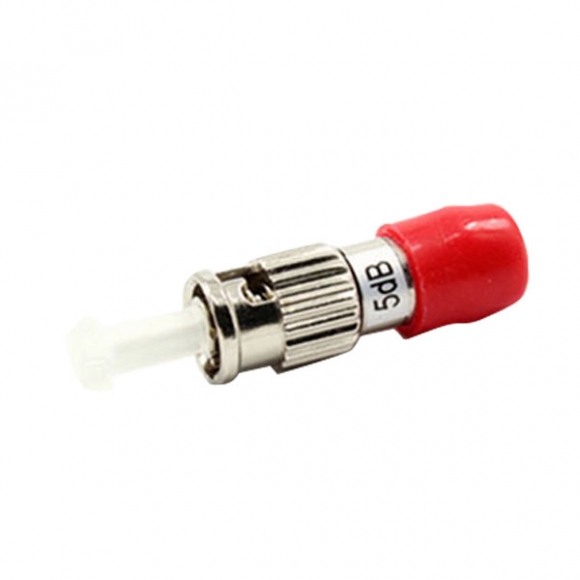
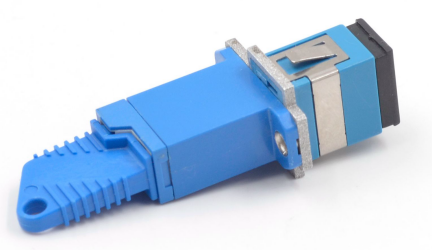
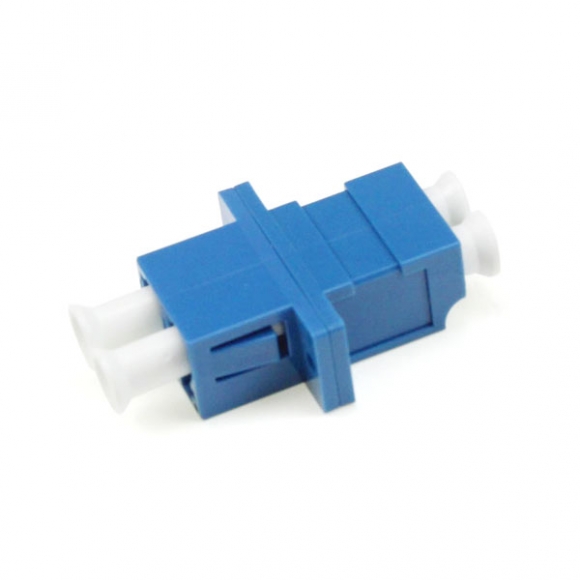

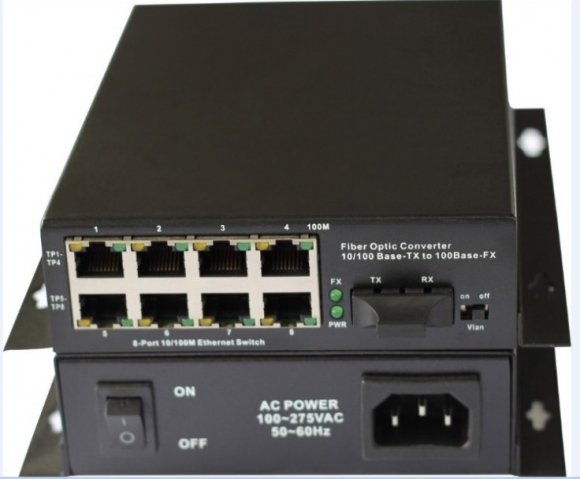

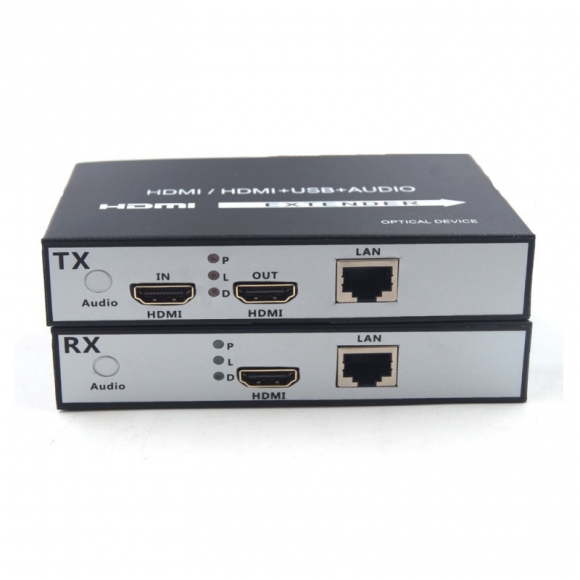
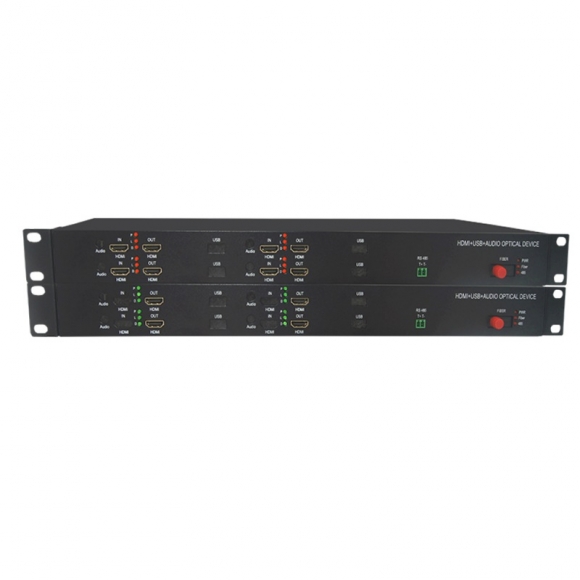

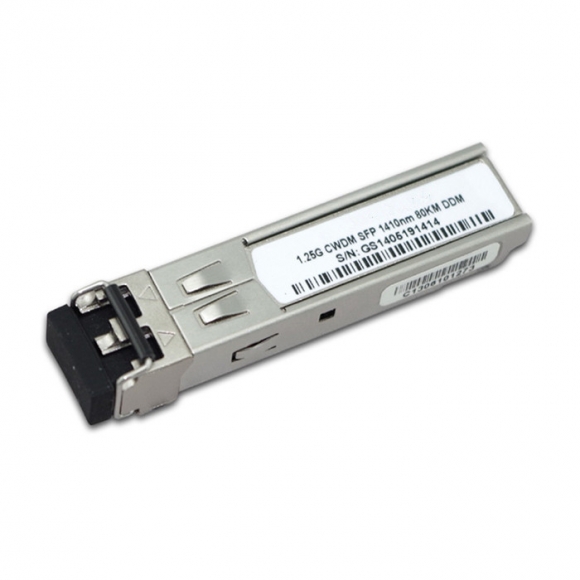


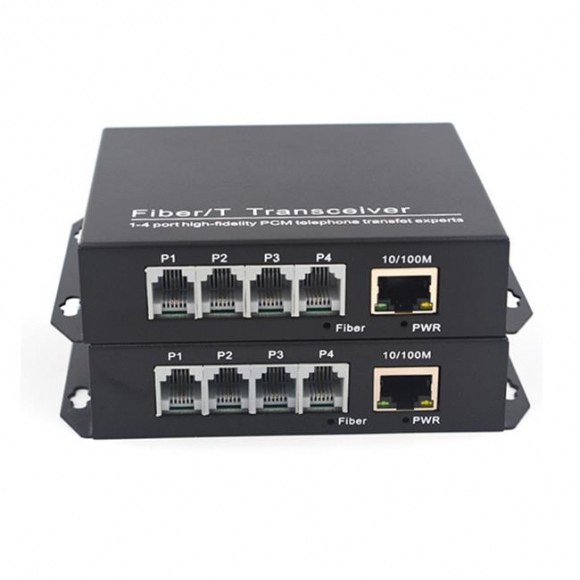
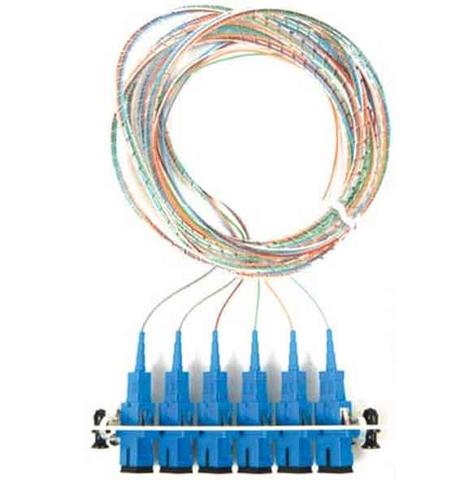
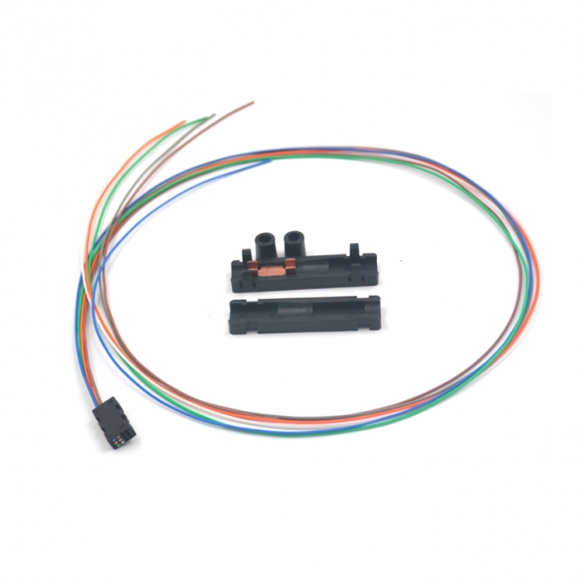


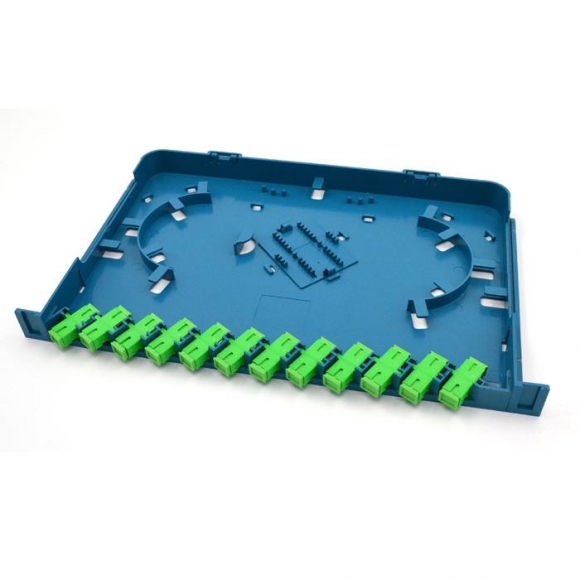
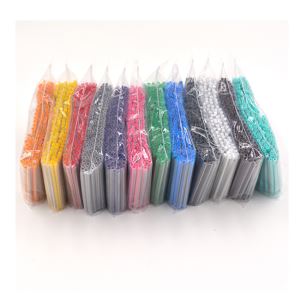

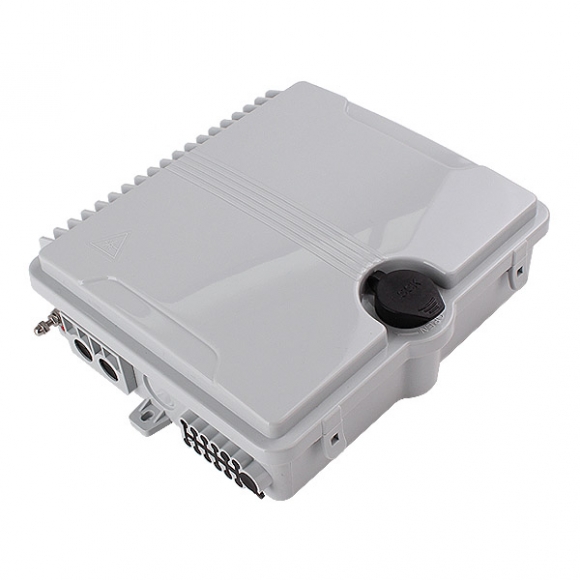

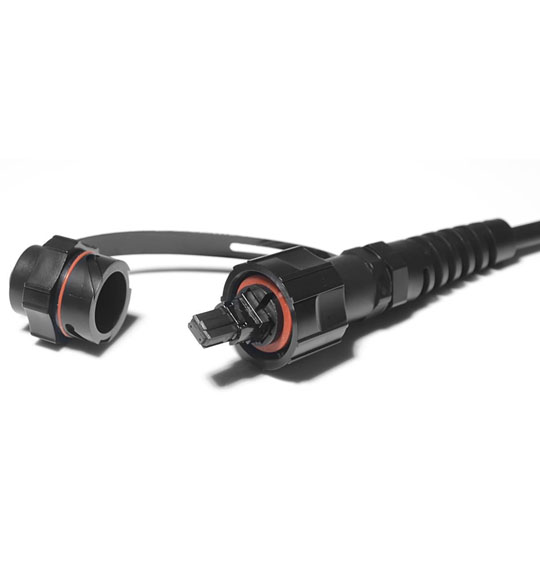
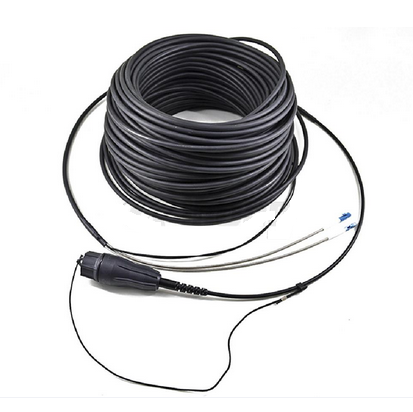

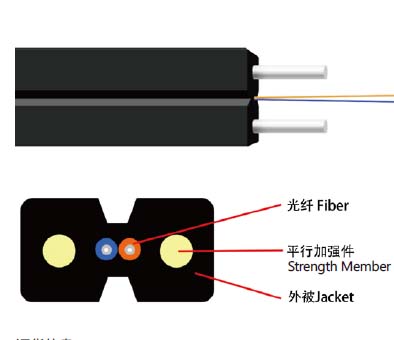
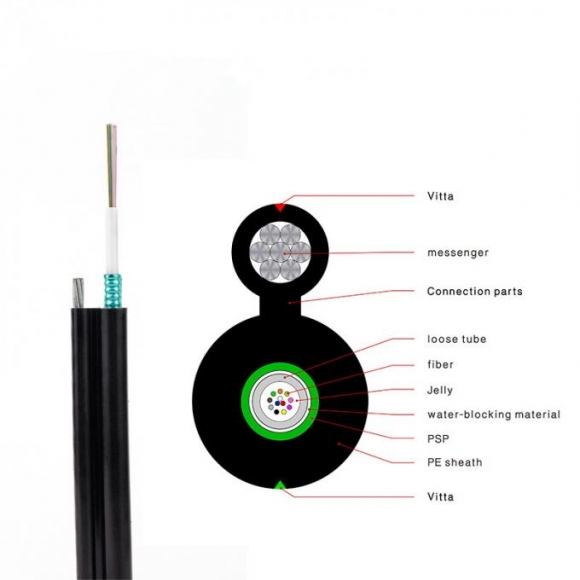
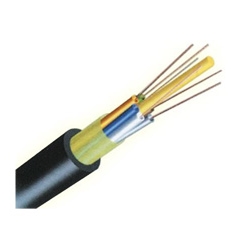
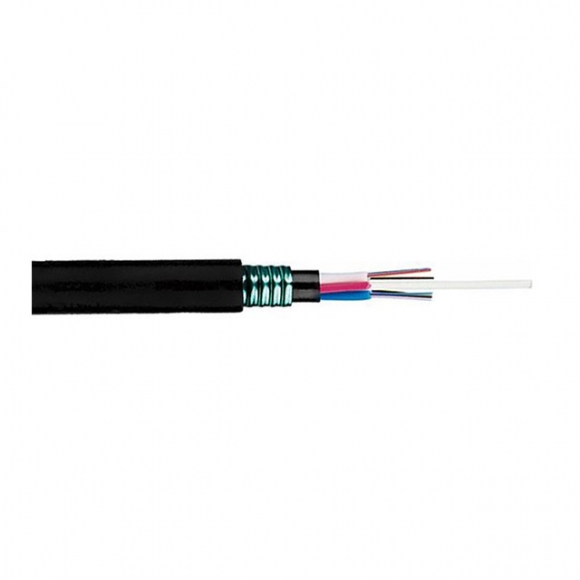
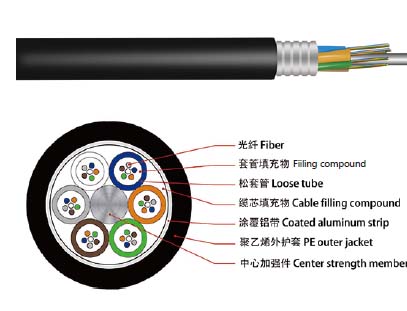
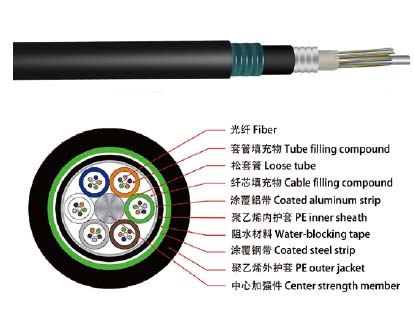

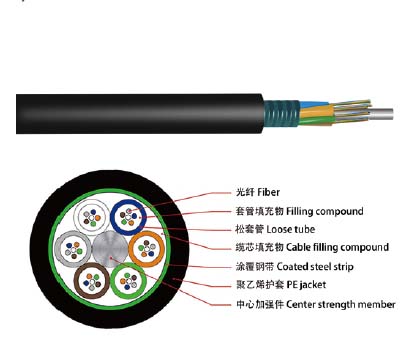
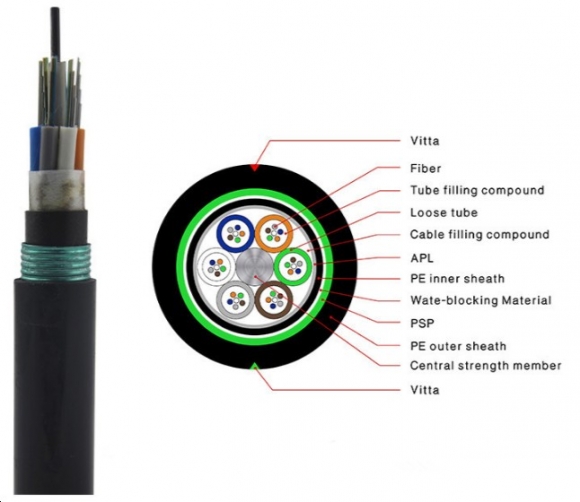
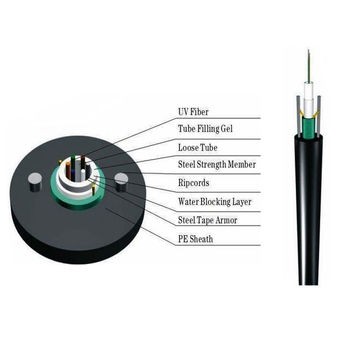
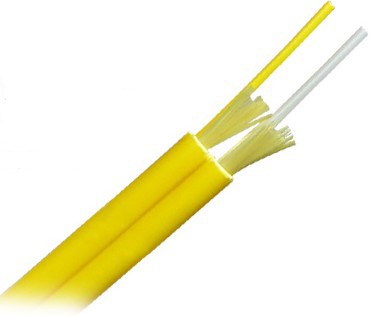
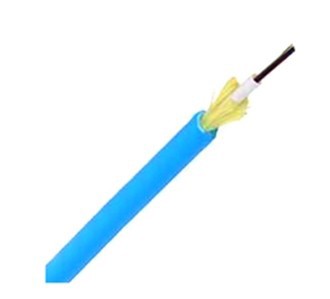


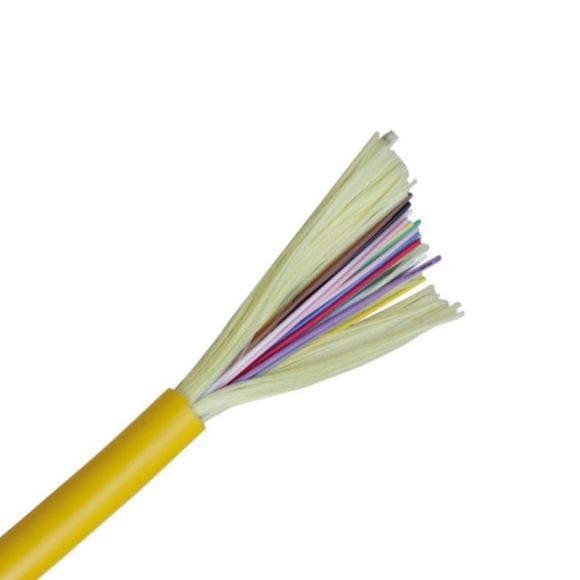
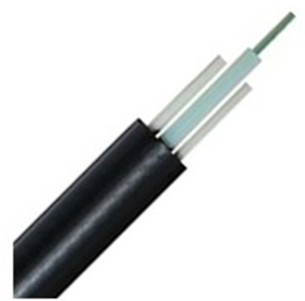
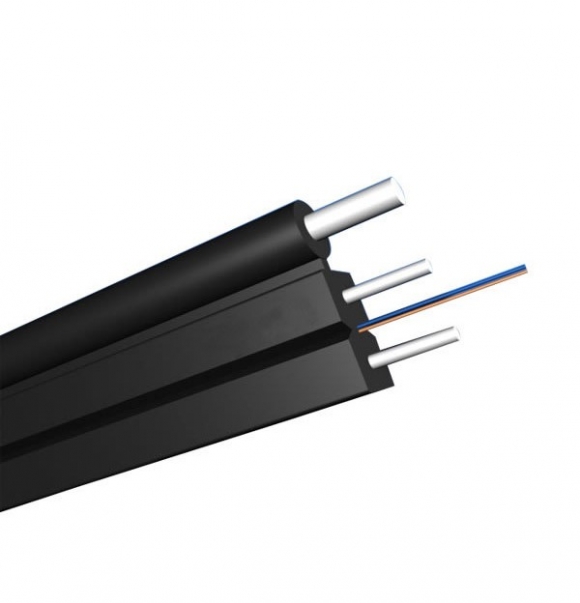
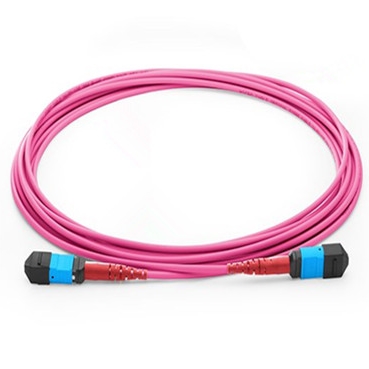

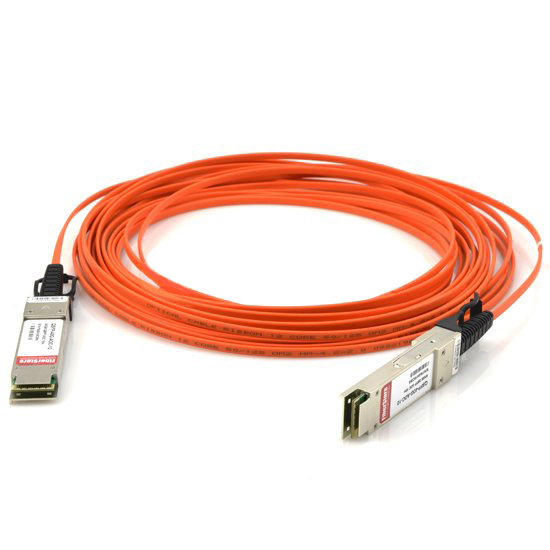

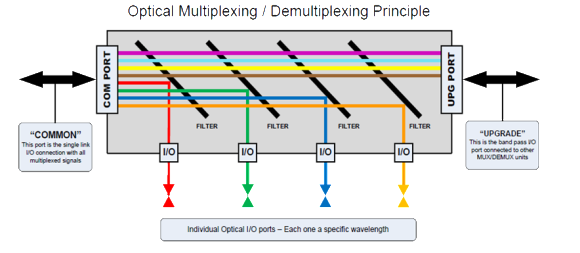
 (0)
(0) (0)
(0) (0)
(0) (0)
(0) (0)
(0)